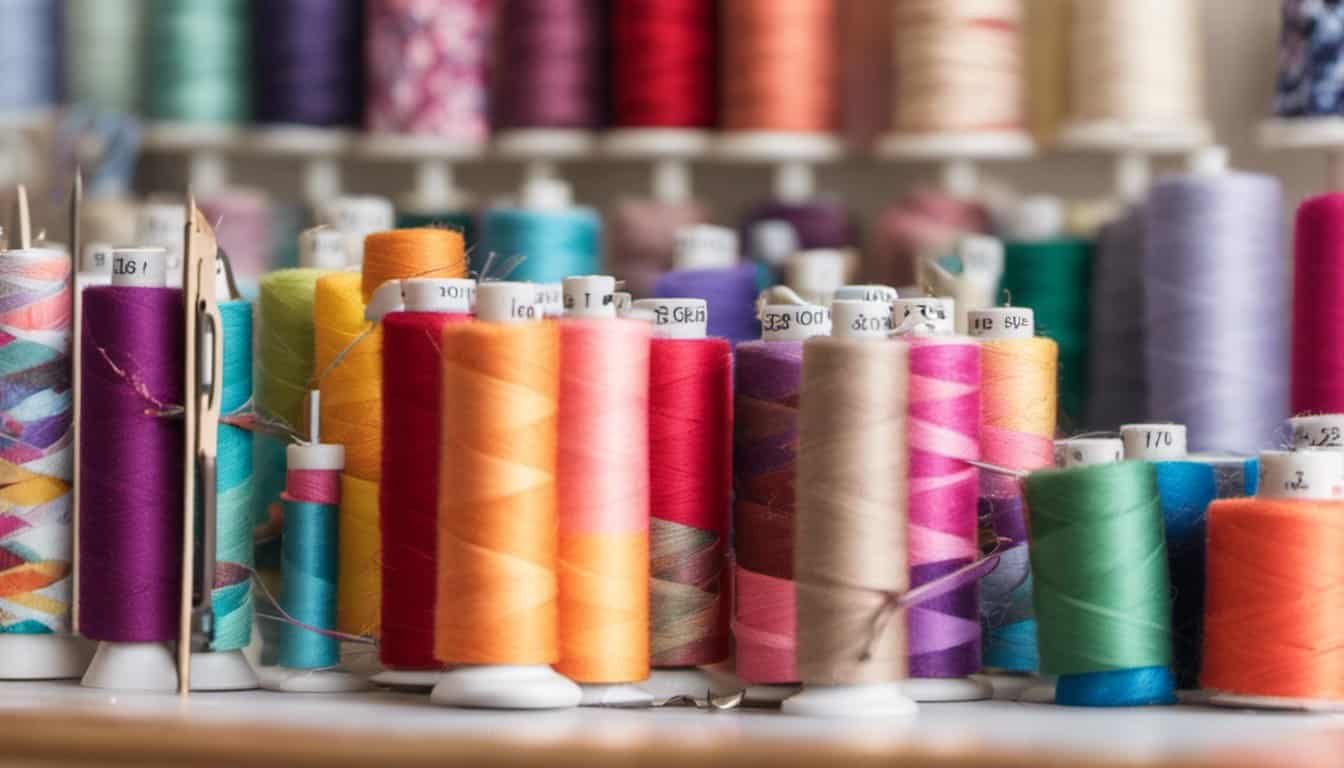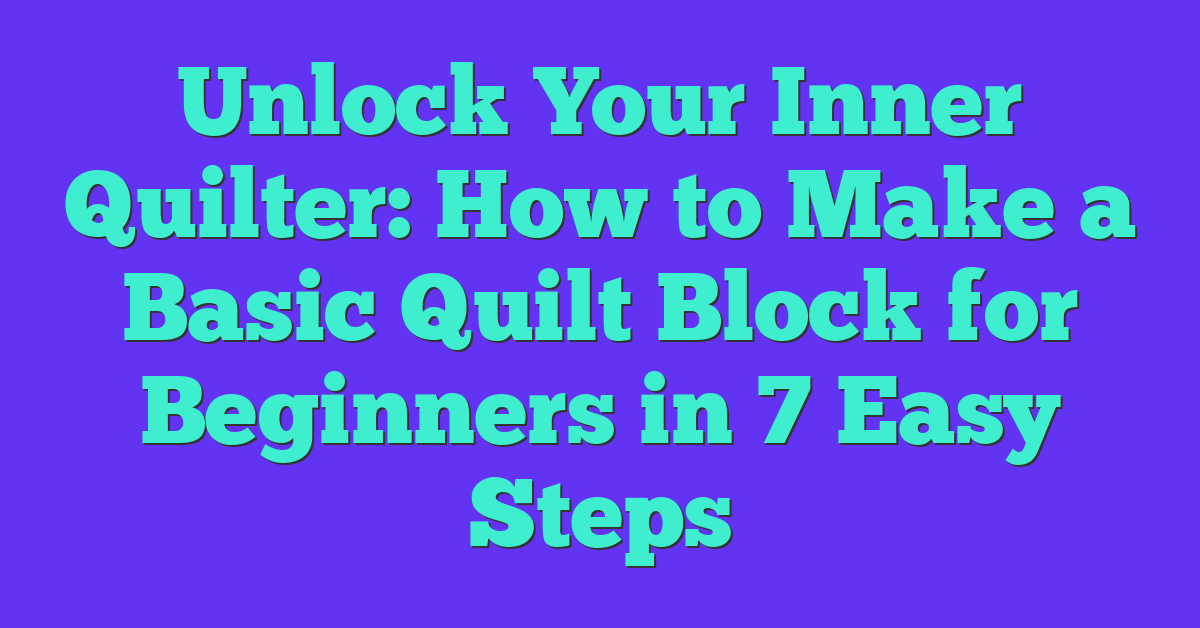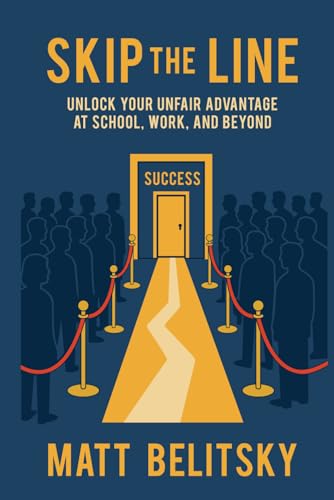Quilting has always been a comforting hobby for me, offering a perfect blend of creativity and craftsmanship. When I first started, the idea of making my own quilt blocks felt a bit daunting. But once I took the plunge, I discovered just how rewarding it can be.
Materials Needed
Gather the essential materials before starting your quilt block. Having the right supplies ensures a smooth quilting experience.
Fabric Selection
Select fabrics that complement each other in color and pattern. Choose 2–3 cotton fabrics, each measuring at least 1.5 yards. Opt for pre-washed, 100% cotton material to prevent shrinkage.
Tools Required
- Rotary Cutter: Use a 45 or 60-tooth blade for precise cuts.
- Cutting Mat: Acquire a 24×36-inch self-healing mat to protect surfaces.
- Quilting Ruler: Utilize a 9-inch ruler for accurate measurements.
- Pins or Clips: Secure fabric pieces with medium-size pins or fabric-safe clips.
- Sewing Machine: Ensure your machine can handle quarter-inch seams and layered fabrics.
Preparing the Fabric
Properly preparing your fabric ensures accuracy and consistency in your quilt block.
Measuring and Cutting
- Measure each fabric piece using a quilting ruler to ensure precise dimensions.
- Mark the fabric with fabric-safe pens or chalk for accurate cutting lines.
- Cut the fabric with a rotary cutter on a cutting mat to achieve clean edges.
- Verify each piece matches the required size before assembling.
Preparing the Pieces
- Organize all cut pieces by color and pattern for easy access during assembly.
- Press each piece flat with an iron to eliminate wrinkles and ensure smooth seams.
- Arrange the pieces according to the block pattern to visualize the final design.
- Clip or pin the pieces together, aligning edges precisely before sewing.
Assembling the Quilt Block
Once your fabric pieces are cut and organized, it’s time to assemble your quilt block. This process involves piecing the fabric together accurately to form the desired pattern.
Piecing the Blocks
Arrange your fabric pieces according to the block pattern. Ensure each piece aligns perfectly, matching colors and patterns. Use clips or pins to secure the edges before sewing.
Measure twice, sew once. With my sewing machine set to a quarter-inch seam, I stitch the pieces together, maintaining consistent spacing. Press the seams flat with an iron, enhancing the block’s stability and appearance. Repeat this process until all pieces form the complete block.
Sewing Techniques
Precision in sewing ensures a professional-looking quilt block. I use a straight stitch for clean, even seams and a walking foot to handle multiple fabric layers smoothly. Maintain a steady speed to keep stitches uniform.
When sewing corners, backstitch a few inches before and after each turn to secure the seam. Trim any excess threads to prevent bulk. Press each seam as I go, which not only looks neat but also simplifies the next steps in the quilting process.
Finishing the Quilt Block
- Press seams: I press seams for a flat, professional finish using an iron set to cotton settings.
- Trim threads: I trim excess threads to create clean edges.
- Align edges: I align all edges accurately to ensure uniformity.
- Inspect block: I inspect the block for puckering or misalignment, adjusting as needed.
- Add decorations (optional): I add decorative elements like appliqué or embroidery to enhance the design.
- Store flat: I store the finished block flat to maintain its shape until assembling the quilt.
Tips for Beginners
- Choose Quality Fabric
I select pre-washed, 100% cotton fabrics to prevent shrinkage and ensure durability. Opting for 2–3 complementary colors or patterns adds visual interest to the quilt block.
- Invest in Essential Tools
I rely on a reliable rotary cutter, cutting mat, and quilting ruler for precise measurements. A walking foot helps sew through multiple fabric layers smoothly.
- Master Accurate Cutting Techniques
I measure twice and cut once. Using fabric-safe pens or chalk, I mark patterns accurately before cutting with a rotary cutter to maintain consistency.
- Organize Your Workspace
I arrange cut pieces by color and pattern, pressing fabrics flat to eliminate wrinkles. This organization makes assembly easier and ensures a neat final design.
- Practice Sewing Techniques
I start with a straight stitch, maintaining a quarter-inch seam allowance. Backstitching at the beginning and end of each seam secures the threads effectively.

- Press as You Sew
I press seams flat after sewing to achieve a clean appearance. Proper pressing enhances the block’s stability and overall look, making the quilt more professional.
- Stay Patient and Persistent
Quilting requires attention to detail. I take my time with each step to achieve the best results and enjoy the creative process without feeling rushed.
- Reference Reliable Resources
I utilize quilting books, online tutorials, and community forums for guidance and inspiration. Learning from experienced quilters improves my skills and keeps me motivated.
Conclusion
Creating a quilt block is such a fulfilling journey. Watching your ideas transform into something beautiful is truly rewarding.
I hope this guide helped make the process easy to follow. Remember to enjoy each step and take pride in your craftsmanship.
« You won’t believe these 5 common stitching problems that signal your sewing machine needs urgent repair
Unlock the Secret: How to Sew a Stay Stitch for Stability Like a Pro »
Happy quilting and I can’t wait to see the amazing blocks you’ll create.

















